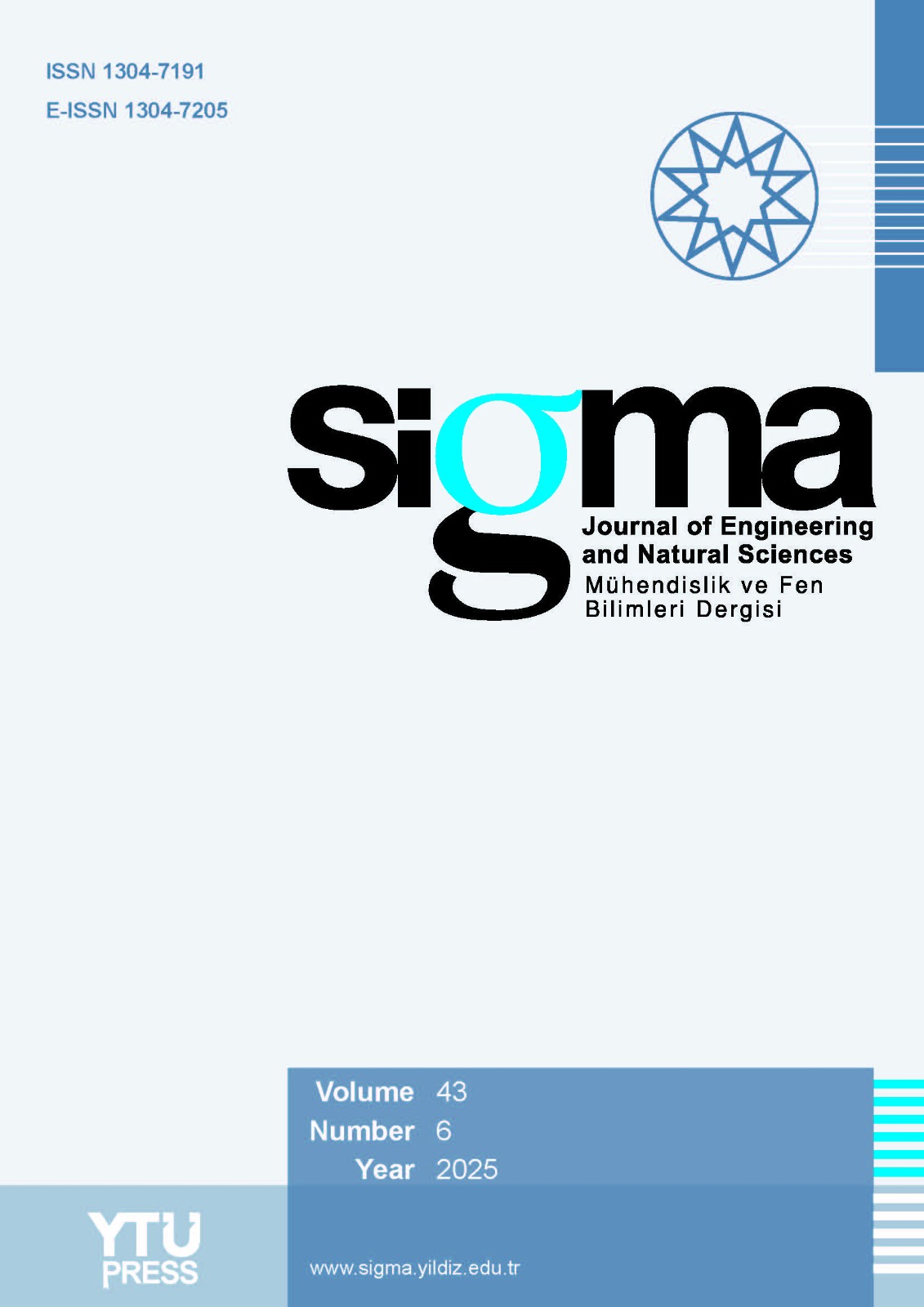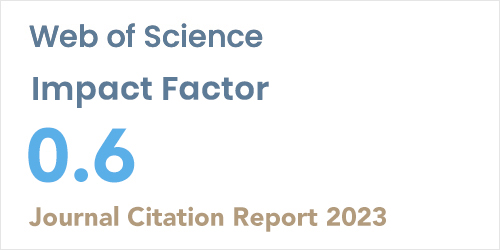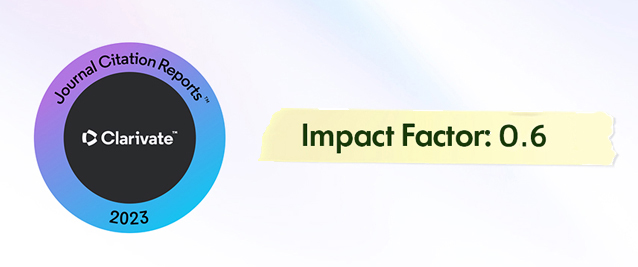2SERB-SURE Project, Department of Mechanical Engineering, NIE, Mysuru - Karanataka, 570008, India
3Department of Mechanical Engineering, NIE, Mysuru – Karanataka, 570008, India
4Department of Mechanical Engineering, Dr. AIT, Bengaluru - Karanataka, 560056, India
Abstract
Manipulators have existed from ages for various applications in the field of robotics and automation. Lightweight manipulators do have many advantages like reduced power consumption, yet reaching high speed applications. Reducing the weight of the manipulators will increase the flexibility of it and will cause high amplitudes of tip vibrations which leads to inaccurate positioning at the end of the manipulator. 3D printed components are finding their place at various applications replacing metals and other materials. This study presents a combined approach using biodegradable carbon fiber-reinforced PLA, 3D printing, a PLC system, and dynamic input optimization to enhance the vibration performance of a single-link flexible robotic manipulator, with a focus on promoting environmental sustainability. The manipulator was 3D printed using in Fusion Deposition Modelling process using Poly Lactic Acid reinforced with Carbon Fibres is analysed using ANSYS workbench software and tip vibrations are reduced by varying the time of deceleration on the input as well as the thickness of the 3D printed manipulator. The input velocity profiles considered here is triangular. The simulation is carried out first and experimental validation is conducted later with the help of Beckhoff PLC systems. Both simulation and experimental results show satisfactory agreement. In conclusion, the residual vibration responses of 3D printed manipulator is reduced with the adopted methods of up to 89.39% comparing all the considered velocity inputs and varying thickness of the manipulator.













